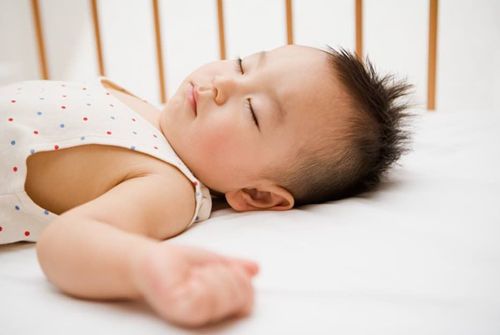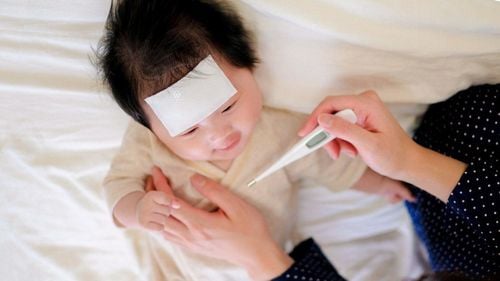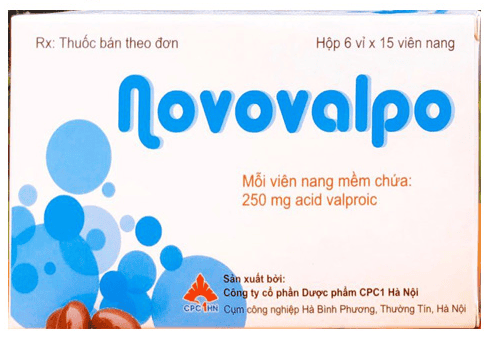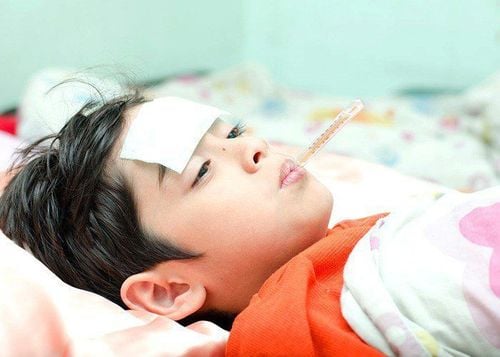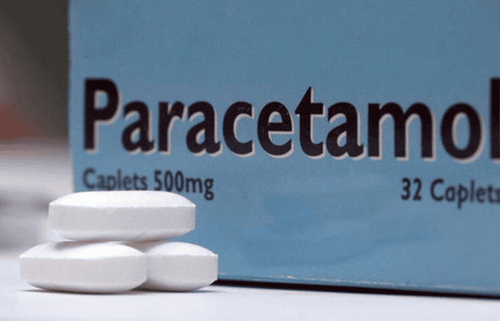This is an automatically translated article.
Seizures are a common medical condition in both adults and children, affecting the patient's consciousness as well as the brain. Clinically, there are many types of seizures that can be mentioned as epileptic seizures, generalized seizures in children, adult seizures, partial or febrile seizures and some other types of convulsions.
1. What is a convulsion?
A convulsion is a sudden onset of typical symptoms of a convulsion that is caused by overactive or concurrent nerve cells that lead to the symptoms of a convulsion. . Seizures are diagnosed when the following signs are present:
Two or more seizures occur suddenly within 24 hours Convulsions occur suddenly, without warning and Subsequent seizures with similar symptoms are likely to repeat 10 years after the first 2 seizures occur. Clinically, the symptoms of convulsions, especially epileptic seizures, are often misdiagnosed with the unconscious state of the patient. Specifically, when a patient has vagal-vascular unconsciousness, convulsions and convulsions often accompany each other, and in tonic-clonic seizures, the patient's body jerks according to the rhythm of the extremities. In addition, when a patient has a seizure, the patient can be at risk of losing bowel and bladder control or becoming confused later, causing some accompanying symptoms, while unconsciousness is less common. this. In order to be able to handle convulsive conditions well, it is necessary to recognize and distinguish the common types of seizures in clinical practice.

Co giật động kinh thường hay bị chẩn đoán nhầm với tình trạng bất tỉnh
2. Epileptic seizures
Epileptic seizures are life-threatening convulsions, when convulsions occur continuously, repeatedly and the patient is unable to regain consciousness after the seizure occurs. for a period of more than 5 minutes. It is necessary to recognize the state of epileptic seizures for the earliest treatment, in order to prevent unwanted brain-related complications, especially impaired consciousness.
3. Generalized convulsions in children
Generalized convulsion in children is a recurrent epileptic condition, with many risk factors related to family nature, family history, especially fever leading to convulsions, perinatal abnormalities, neuro-metabolic disorders or lesions, abnormalities in the central nervous system. For the diagnosis of generalized seizures in children, the gold standard tests of choice are the EEG test and computed tomography or magnetic resonance imaging of the brain. Treatment includes taking anticonvulsant drugs, adjusting lifestyle habits and nutrition to produce ketones or stimulate the vagus nerve.4. Infant convulsions
Status epilepticus that can also occur in infants is called infantile convulsions with varied etiologies. Similar to generalized seizures in children, an EEG test can also help diagnose this condition. When an infant seizure occurs, there may be a characteristic arrhythmia shown on the EEG results. The treatment of choice may be hormone therapy with Acth, corticosteroids or Vigabatrin.
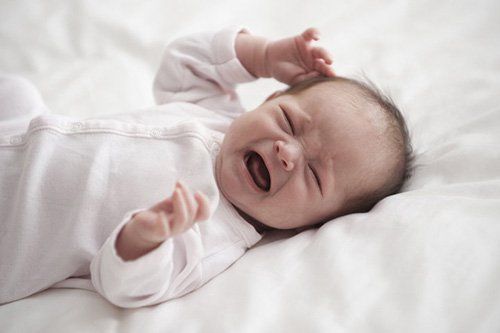
Co giật trẻ nhũ nhi xảy ra do nhiều nguyên nhân khác nhau
5. Adult convulsions
Adult convulsion, also known as generalized convulsion in adults, is a state of loss of consciousness as well as total limb spasms and especially symptoms of repeated seizures. Adult convulsions are likely to resolve spontaneously without intervention. When performing an EEG test to measure the EEG in adult seizures, the electrical activity of the epileptic state appears in both the right and left hemispheres of the brain. An effective treatment for severe adult convulsions is the use of antiepileptic drugs.
6. Local convulsion
A partial seizure is an electrical convulsion that occurs in a certain location in the brain. EEG images show localized discharge at sites of seizure onset. Clinically, it is shown that the temporal lobe of the brain is the most common site for partial seizures, but there can still be partial seizures in some other lobes of the brain. Symptoms of partial seizures are very diverse, it is possible that the patient is still aware, called conscious partial seizures, or has amnesia, loss of consciousness in partial seizures, impaired consciousness. Partial seizures may be the cause of secondary generalized seizures and are treated with antiepileptic drugs.
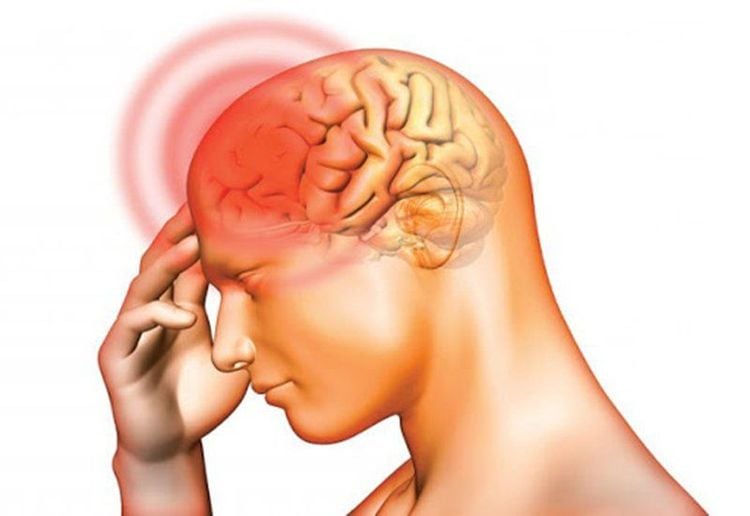
Co giật cục bộ xảy ra khi bị có sự phóng điện ở thùy não
7. Febrile convulsion
Febrile seizures are common in children, infants between the ages of 3 months and 5 years occur when the child has a high fever and no intracranial infection. Causes of febrile convulsions are diverse, can be caused by viruses, bacteria, parasites or after vaccination - prevention. Febrile seizures should be differentiated from meningitis and encephalitis by lumbar puncture. Febrile convulsions don't leave any serious complications and can go away on their own after a certain period of time.
8. Absence epilepsy
Absence epilepsy is a condition in which movements and reactions of the body suddenly stop, accompanied by symptoms of staring and without showing aura. The time of absence seizures is about 5-10 seconds, repeated several times a day. The patient has symptoms of blinking, rolling eyes, curling lips, repetitive hand movements, walking in circles... and other loss of consciousness. This condition is aggravated by increased ventilation as well as light stimulation for the patient. Absence seizures can occur in children, adolescents... and will subside in adulthood. Treatment of absence epilepsy is with anticonvulsant drugs, which are sometimes refractory as well as mentally retarded.
Seizures are medical conditions that need clinical attention and should not be overlooked or misdiagnosed with other neurological conditions. Diseases such as absence epilepsy, partial seizures, febrile seizures, epileptic seizures... need to be clearly distinguished in order to choose the most effective treatment.
Customers can directly go to Vinmec Health system nationwide to visit or contact the hotline HERE for support.
SEE MORE
Notes when using antipyretic drugs for children High fever convulsions in young children: How to give first aid at home safely? How to handle when the baby has a high fever convulsion





